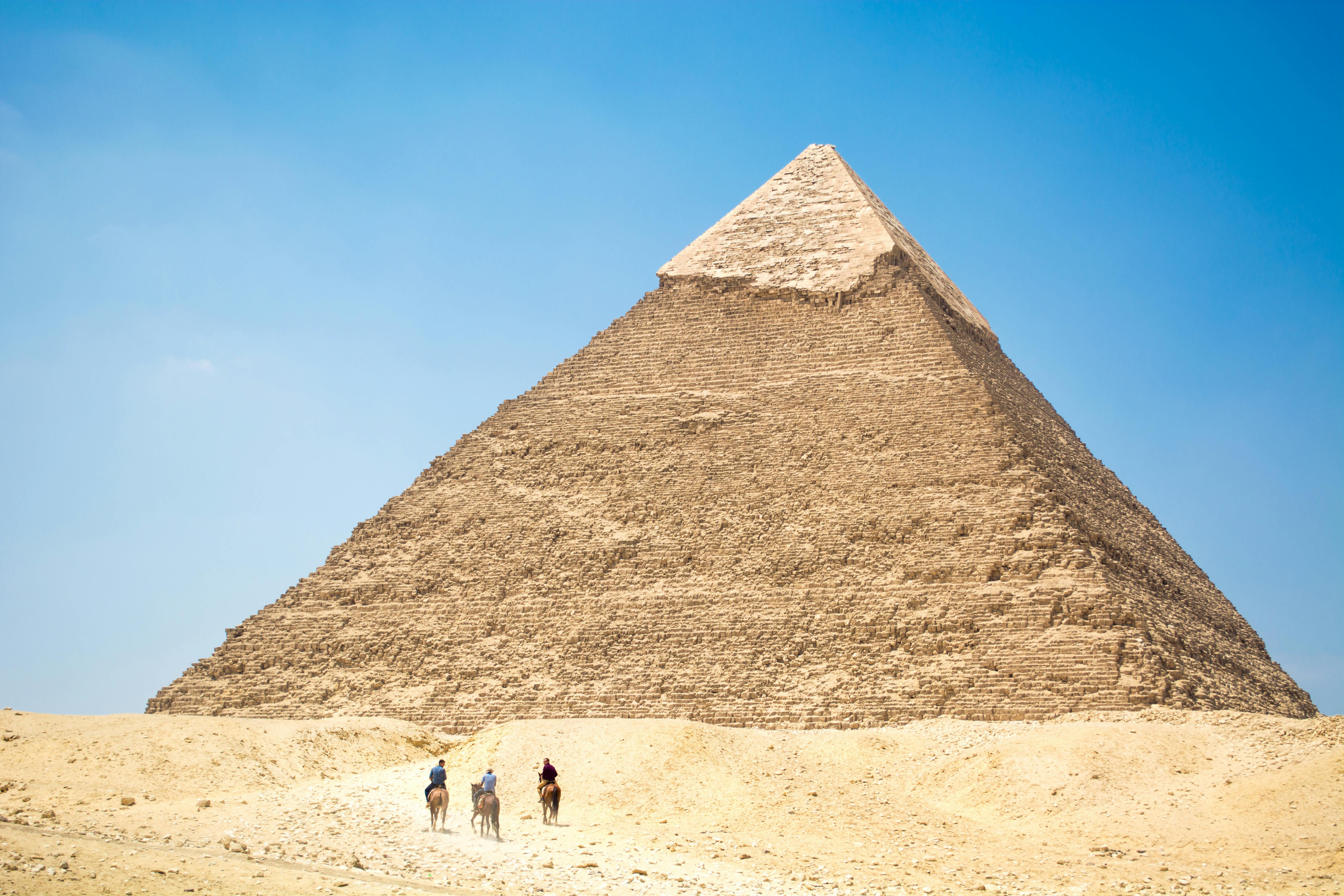The historic Kankakee River Valley is widely known for the tranquil beauty and splendor of the meandering Kankakee River. This river runs fifty-seven miles through the Kankakee Illinois hospital, passing through many large and small communities on its way. The Kankakee River is a valuable clean water resource offering excellent fishing and water sports, as well as a beautiful state park that is available for all to enjoy. The river is abundant with channel catfish, smallmouth bass, northern pike, and walleye. The park has a dozen boat launches, eighteen riverfront parks, and eight campgrounds to choose from.
The beautiful land of the Kankakee River Valley, as well as its abundant natural resources, are the result of minerals and debris left behind by three massive glaciers that descended from Canada many thousands of years ago. The original inhabitants of what is now called the Kankakee River area were Potawatomi Indians, who called it teatiki. The evolution of this term led to “Kankakee”. Theatiki means wolf; golden swampy place; or wonderful land. The source of the Kankakee River is the swamp of northwestern Indiana. The river enters the county in the middle of its eastern border; then it flows irregularly in a southwesterly direction until near Aroma, midway between the eastern and western limits; and four miles on the southern line. Here it is powered by the Iroquois River, a muddy stream that also rises in the Indiana swamps. For the Potawatomi Indians, the Kankakee County area was the perfect place: a rolling landscape of a beautiful river lined thickly with groves of hickory, oak, maple, black walnut, and cedar. In some places the land sloped gently down to the water’s edge; in other places the land rose in steep limestone bluffs high above the river. Abundant wildlife inhabited this area. A more varied or beautiful landscape could not be found anywhere in the Midwest.
Settlers to the area began arriving in the 1830s after the national government signed the Treaty of Camp Tippecanoe and cheap land became available. Much of the land in Kankakee County was originally swamp land, much of which was drained and brought to cultivation with the sweat of pioneers’ brows. While it was still a swamp, it was the haunt of horse thieves, counterfeiters, and general criminals on the run. When the swamps were drained, organized communities became possible. Kankakee County was created by the Illinois state legislature on February 11, 1853 from the northern part of Iroquois County and the southern part of Will County. The original six townships were: Aroma, Bourbonnais Healthcare, Limestone, Momence, Rockville, and Yellowhead. At that time the population of the county was eight thousand. In 1855, Kankakee County annexed two western townships, Essex and Norton, from Vermilion County.
In the mid-19th century, industrialist David Bradley established the Bradley Plow Works, which later became known as the Bradley Factory, to make farm tools and implements. He was also the author of the well-known Bradley Plan. Bradley was also an early patron of architect Frank Lloyd Wright in the early 20th century. North Kankakee was renamed Bradley and incorporated in 1891.
The city of Kankakee itself grew under the shadow of the nearby medical care of Bourbonnais Illinois, which was a French settlement. However, Kankakee became the seat of government for Kankakee County. Also, in 1855, it became a depot on the Illinois Central Railroad.
